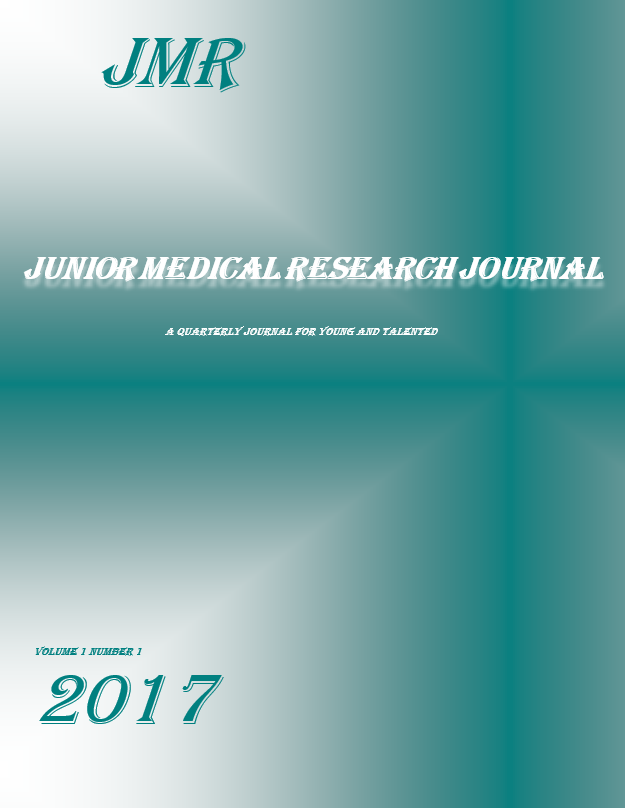Original article
Evaluation of the circadian fluctuations of intraocular pressure and ocular perfusion pressure in different types of glaucoma
Background:
Glaucoma is a frequent leading cause of blindness. Objective evidence showed that it can be secondary to optic nerve head hypoperfusion and autonomic dysfunction, not only to ocular hypertension. This makes the assessment of ocular blood flow a crucial step in the management of this disease.
Aim:
To investigate the circadian fluctuations of the intraocular pressure (IOP) and of the mean ocular perfusion pressure (mOPP) in patients with different types of glaucoma.
Materials and methods:
Sixty-five eyes of 65 glaucoma patients, managed in the Ophthalmology Department of the Careggi University Hospital, Firenze, Italy (2012-2014). Among these eyes, 22 had normotensive glaucoma (NTG), 21 hypertensive glaucoma (HTG), and 22 exfoliative glaucoma (XTG). The IOP was measured by Goldmann tonometry and the blood pressure, both systolic (sBP) and diastolic (dBP), by Riva-Rocci sphygmomanometry, at three time points (8am, 2pm, 8pm). The mOPP was then calculated according to the formula mOPP = [2/3 (2/3 dBP + 1/3sBP) – IOP].
Results:
The fluctuations of IOP and mOPP were statistically significant in all the studied eyes (p<0.001 for all the comparisons). Both IOP and mOPP showed significantly larger fluctuations in the XFG eyes than in the NTG and HTG ones (p<0.001 for IOP and p=0.001 for mOPP).
Conclusions:
In our study, the mOPP had larger circadian fluctuations in eyes with XFG than in those with NTG and HTG. This parameter deserves to be assessed in all types of glaucoma.




